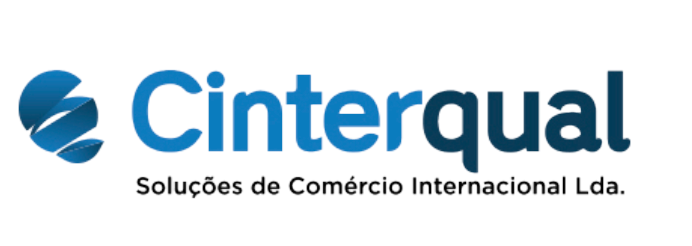CE Marking of Toys: What Directive 2009/48/EC Requires
- Cinterqual

- Oct 14
- 3 min read

Toy safety is a fundamental priority in the European market. To ensure that products intended for children meet strict requirements and can circulate freely within the European Union, Directive 2009/48/EC — known as the Toy Safety Directive — was established.
This legislation sets out the safety rules applicable to certain toys and stipulates that CE marking is mandatory for these products to be placed on the European market.
What Is Considered a Toy Under Directive 2009/48/EC
According to the Directive, “toys” are any products designed — exclusively or not — to be used for play by children under 14 years of age.
Among the types of toys covered by the legislation are:
Functional toys: products that mimic equipment or devices used by adults, such as miniature appliances or tools.
Aquatic toys: designed for use in shallow water and capable of supporting or carrying a child.
Activity toys: domestic play equipment such as slides, swings, or climbing frames intended for home use.
Chemical toys: kits that allow children to handle chemical substances under adult supervision.
Olfactory and gustatory games: educational toys that help children recognise different smells and tastes or prepare simple recipes.
Cosmetic kits: sets designed to let children safely create perfumes, soaps, creams, or makeup.
Toys That Do Not Require CE Marking
The Directive also defines a list of products excluded from CE marking.
These include:
Playground equipment for public use;
Coin-operated or automatic amusement machines;
Toy vehicles with combustion engines;
Steam-powered toys;
Catapults and slingshots.
There is also a detailed list of products which, although they may appear to be toys, are not covered by the Directive, such as:
Decorative objects for festive occasions;
Collectors’ items clearly labelled for persons aged 14 and over (e.g., decorative dolls, scale models, historical reproductions, etc.);
Sports equipment for children weighing more than 20 kg (e.g., inline skates, skateboards);
Bicycles with a seat height exceeding 435 mm;
Scooters and vehicles intended for transport on public roads;
Deep-water equipment and swimming aids such as inflatable seats;
Puzzles with more than 500 pieces;
Gas-powered guns, fireworks, or games with sharp-tipped projectiles;
Functional educational products such as electric ovens or irons operating above 24V;
Electronic devices and gaming consoles not specifically designed for children;
Entertainment software such as computer games;
Pacifiers, portable lighting for children, toy transformers, and non-play fashion accessories.
Why CE Marking Is Essential for Toys
The CE marking certifies that a product complies with all European Union safety, health, and environmental protection standards.
For manufacturers and distributors, it is a legal requirement for selling toys within the EU. Without this marking, a product cannot be legally marketed, and may be subject to penalties, recalls, or bans.
Ensuring Compliance With the Toy Safety Directive
To comply with Directive 2009/48/EC, manufacturers must:
Identify applicable harmonised standards for the toy;
Carry out a safety and conformity assessment;
Prepare the technical documentation and EU Declaration of Conformity;
Affix the CE marking visibly, legibly, and indelibly on the product.
Cinterqual’s Role in Toy CE Marking
Cinterqual supports manufacturers, importers, and distributors in the conformity assessment process for toys, ensuring compliance with the Toy Safety Directive 2009/48/EC.
With extensive experience in technical regulation and product certification, Cinterqual acts as a trusted partner to help companies guarantee the safety, quality, and legal compliance of toys marketed in Portugal and across the European Union.
Need to Know More About CE Marking for Toys?
Contact Cinterqual to find out how we can help you ensure the safety and compliance of your products.






Comments